HoloLens vs. Mixed Reality headsets: The little differences
HoloLens and Mixed Reality headsets share the same Mixed Reality platform, but outside of the obvious AR/VR differences, there are some notable differences worth noting.
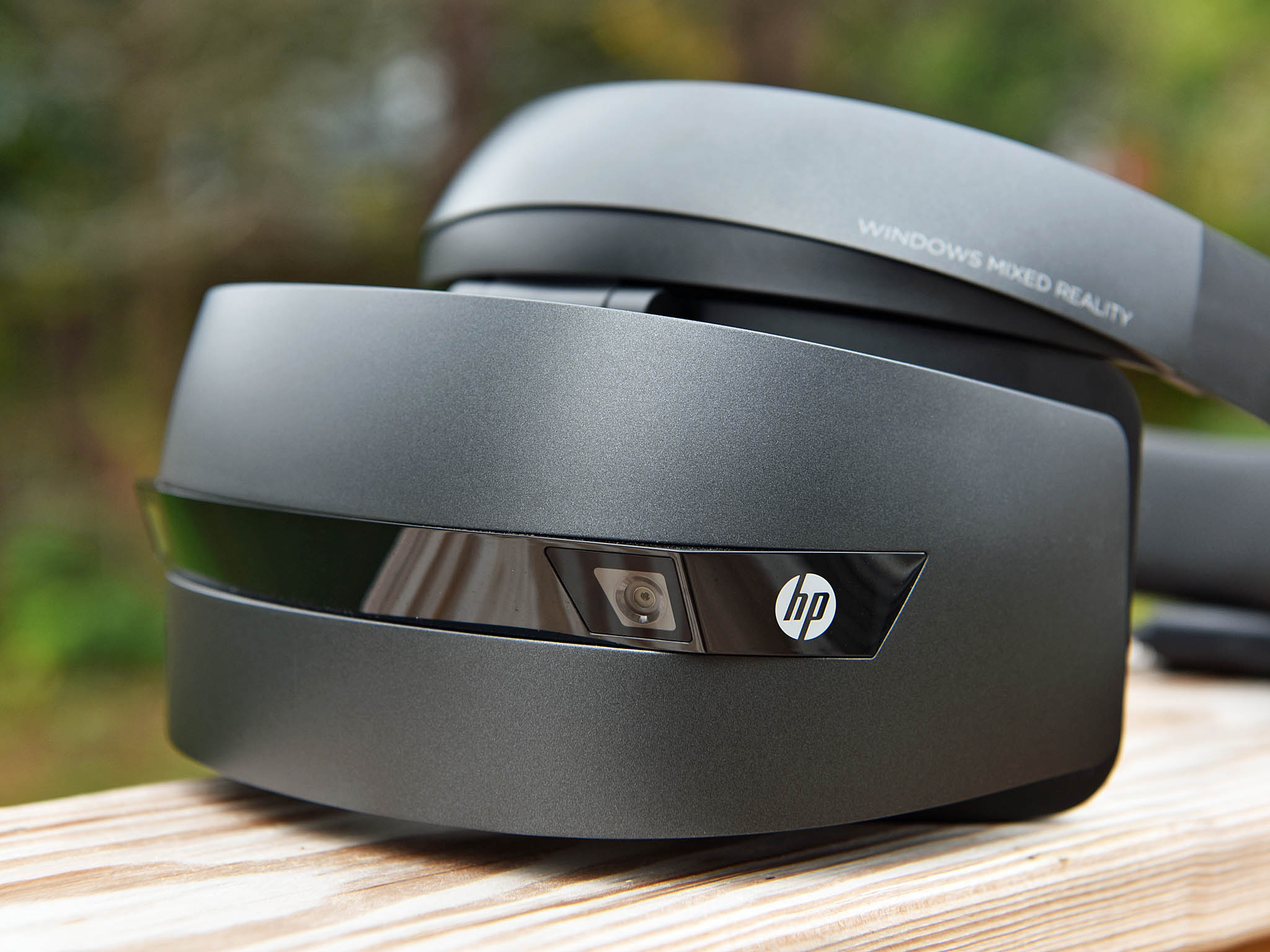
Over the last week or so, I've been playing with the Microsoft HoloLens and a new Mixed Reality headset from HP. Both the HoloLens and Mixed Reality headsets are part of the same "Mixed Reality" platform, but there are plenty of differences as well as similarities to be aware of.
Of course, the most significant difference is the distinction between AR and VR. HoloLens is an AR headset, whereas all the new Mixed Reality headsets are VR. Instead of exploring those differences, I wanted to =take a look at the smaller differences.
Buy Windows Mixed Reality headsets
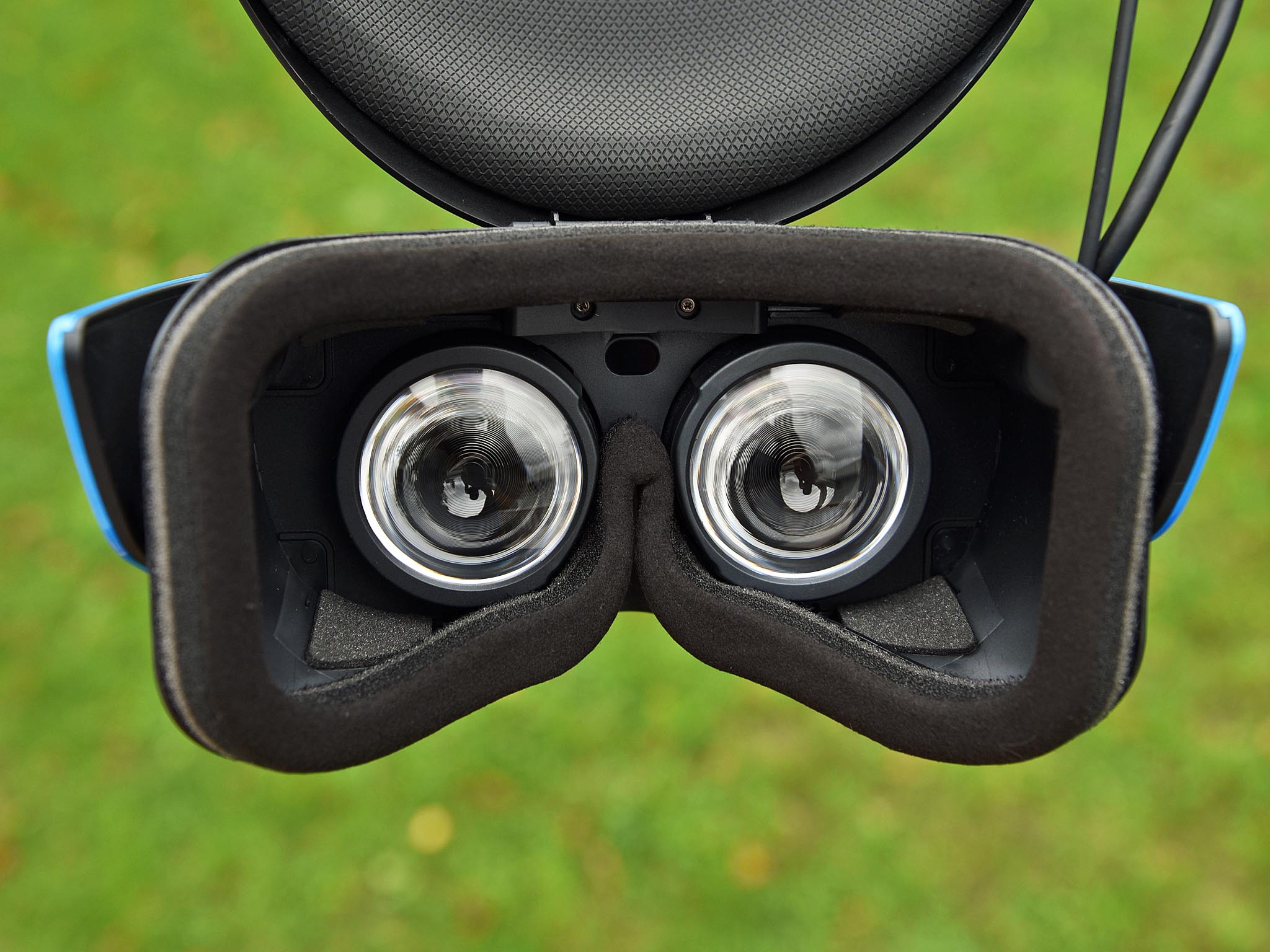
The field of view
How wide of a image you get in a headset is a big deal for an immersive experience. The Mixed Reality headsets have a field of view starting at about 95 degrees, with some headsets offering a slightly wider view (a wider field of view fills up more of your vision and gives you a more immersive experience).
95 degrees is pretty good for a VR headset, but if your eyes wander from the center you will see the edges of the displays. Since it's just darkness beyond there, it feels like you're looking out through a tunnel. If you cup your hands around the outside of your eyes you'll get an approximation of the view.

The HoloLens is a slightly different beast. Its transparent display allows for digital objects to be overlayed on top of the real world, instead of placed inside a virtual world like on the Mixed Reality headsets. You might think such an experience would be even more immersive, as you can see everything around you as well as the 3D apps and games you're using. That's not exactly the case.
The problem is the HoloLens' limited field of view — about 30 degrees (move those cupped hands out a few inches). The frame in which you'll see holograms, apps, and games rendered is downright tiny compared to the immersive experience of a Mixed Reality headset.
All the latest news, reviews, and guides for Windows and Xbox diehards.
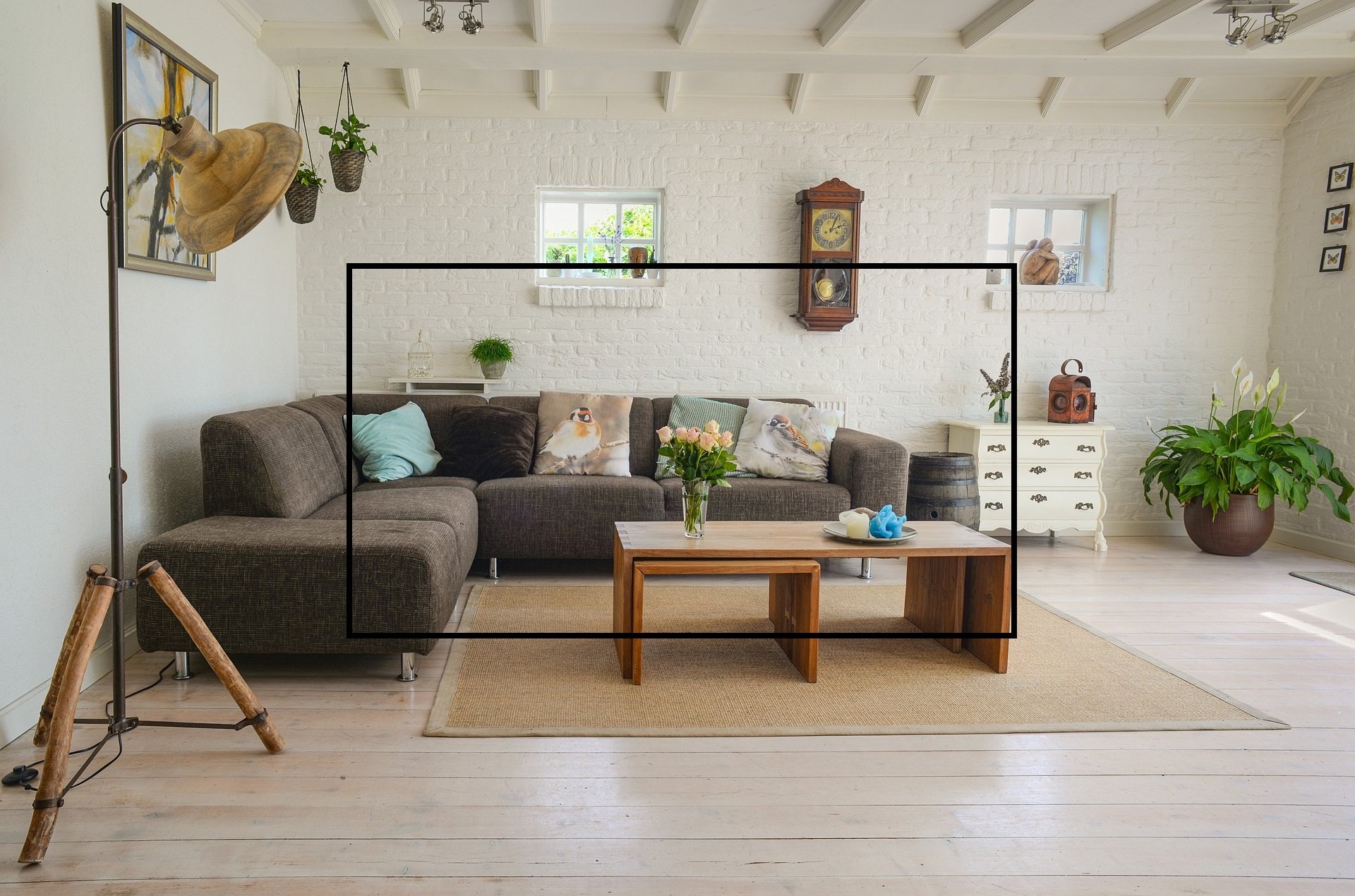
The image above is the best I can do in trying to simulate what it's like looking through a HoloLens. Inside the black box is where holograms show up, and while you can still see outside the black box, holograms do not show up there unless you move your head.
The result of the field of view difference between HoloLens and Mixed Reality headsets makes the HoloLens feel claustrophobic to use. It feels like I'm looking through a tiny window, even though I can see the real world around me. A Mixed Reality headset feels like looking through a much bigger window, and as such, is an overall better experience.
There are other differences too, for example, HoloLens doesn't support any of the new Mixed Reality controllers that debuted this month, at least not yet. In theory, HoloLens has all the sensors needed to support the Mixed Reality controllers, but since HoloLens is still stuck on the Redstone 1 version of Windows 10, it lacks that support.
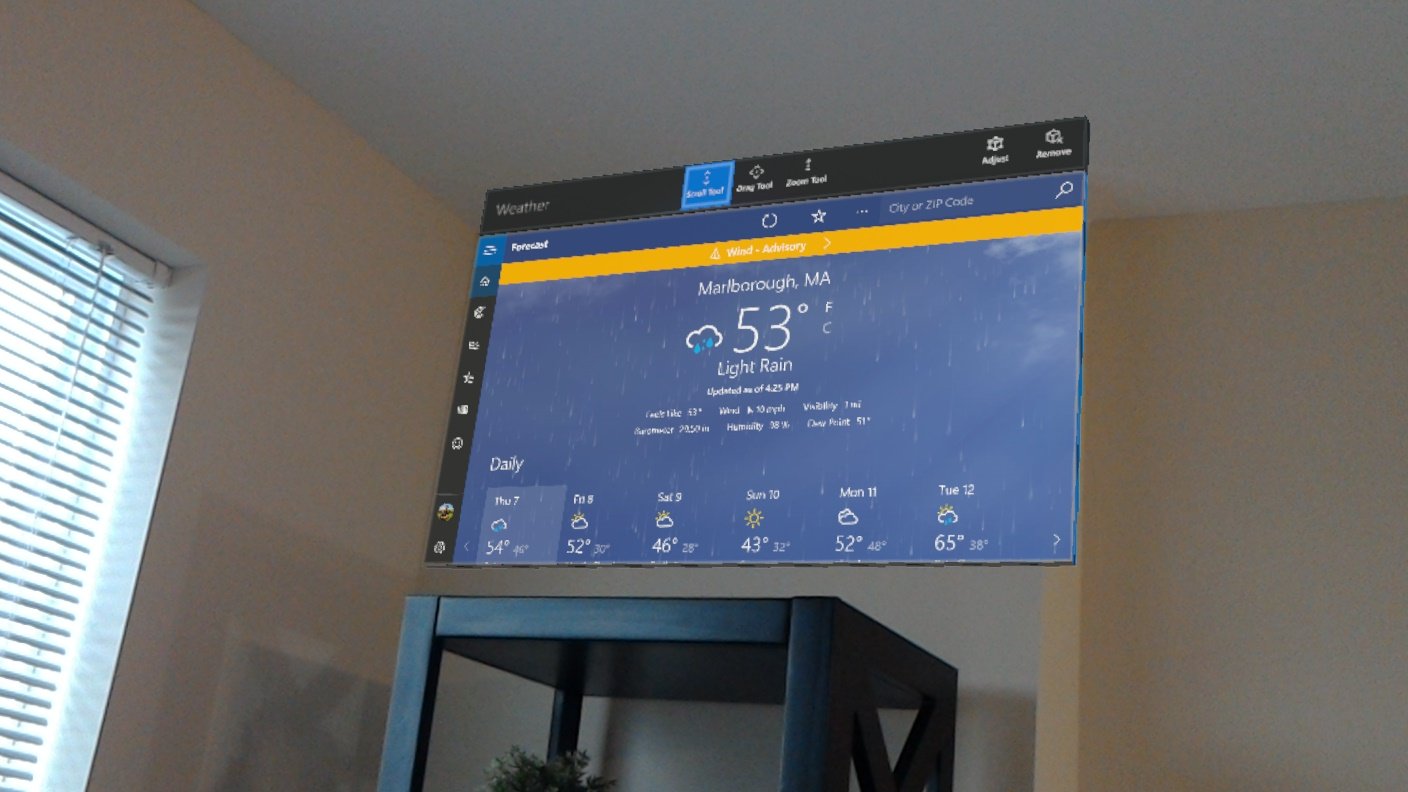
Different versions of Windows 10
Speaking of Redstone 1, yes the HoloLens is stuck on a version of Windows 10 from 2016. It's running the Anniversary Update and hasn't received any official Windows 10 release since. Microsoft says it is working on an update for release early next year, which we're hoping will bring HoloLens up to software parity with the new Mixed Reality headsets.
Developers who wish to build apps for both HoloLens and Mixed Reality headsets can't do so because of the difference in APIs between the Anniversary Update and Fall Creators Update. The Mixed Reality platform on the Fall Creators Update is far more baked, with more features and APIs for developers to mess with. HoloLens needs to catch up.
Finally, the actual immersive experience is obviously different. Mixed Reality headsets use something called Cliff House, where the user can open apps and games in Mixed Reality. On the HoloLens, this same experience happens inside your own, real environment, since the headset is an AR one.
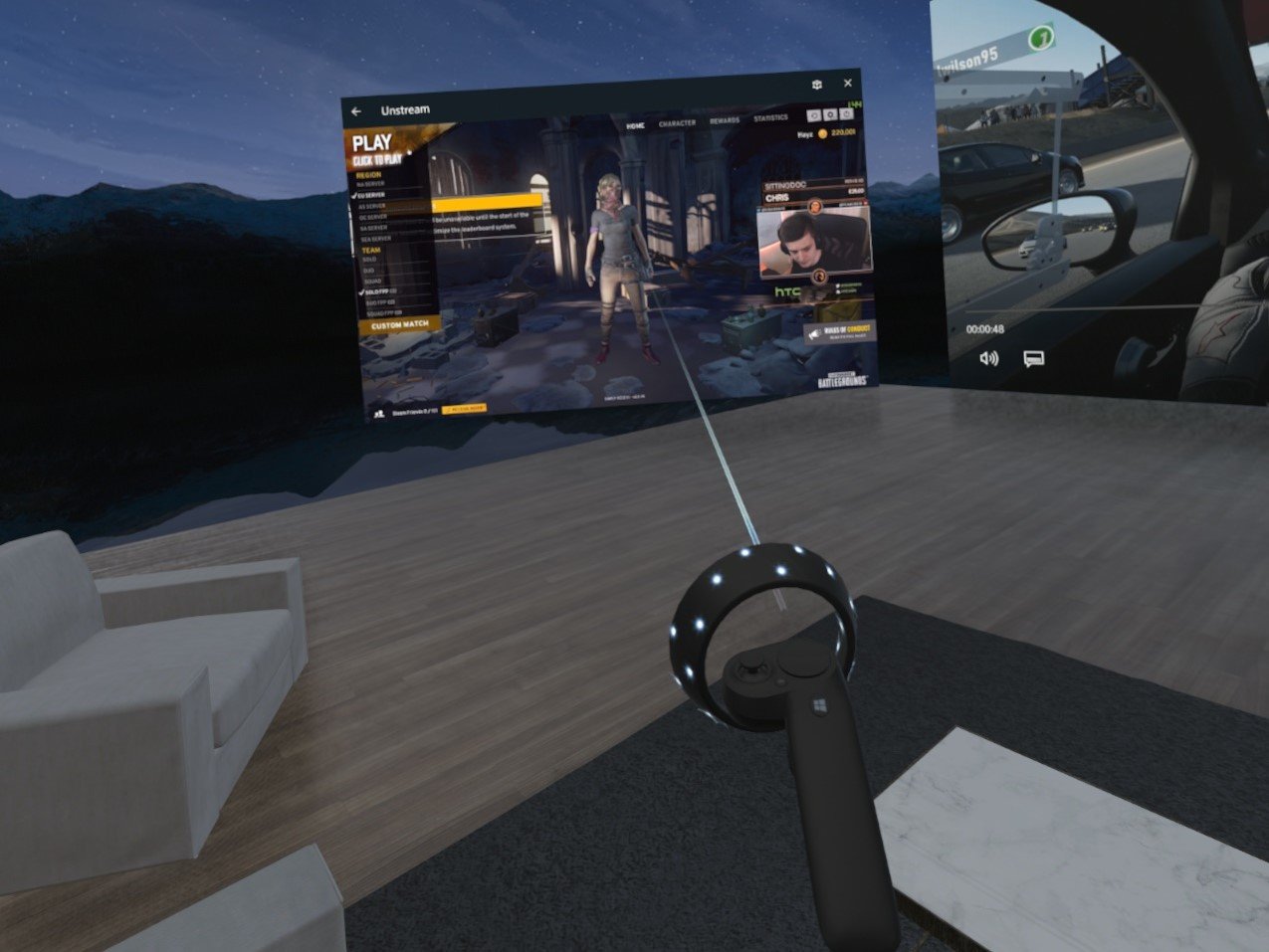
Because of this, when using a HoloLens, you must physically move around the room to make use of your immersive experience. Mixed Reality headset users can't do this, and instead, have to teleport around the virtual environment.
Now, there are some similarities between the HoloLens and Mixed Reality experiences too. For example, both can be controlled via voice. Hey Cortana works, along with all the commands you need to pin, move, open, close and interact with apps. The biggest similarity between the devices, however, is the UI. It's the same.
The Mixed Reality Start menu, along with the behavior of apps and games being pinned to walls and surfaces works the same across devices. It's identical, which is great. All the Windows 10 apps that weren't built specifically for HoloLens work just as you'd expect on Mixed Reality headsets.
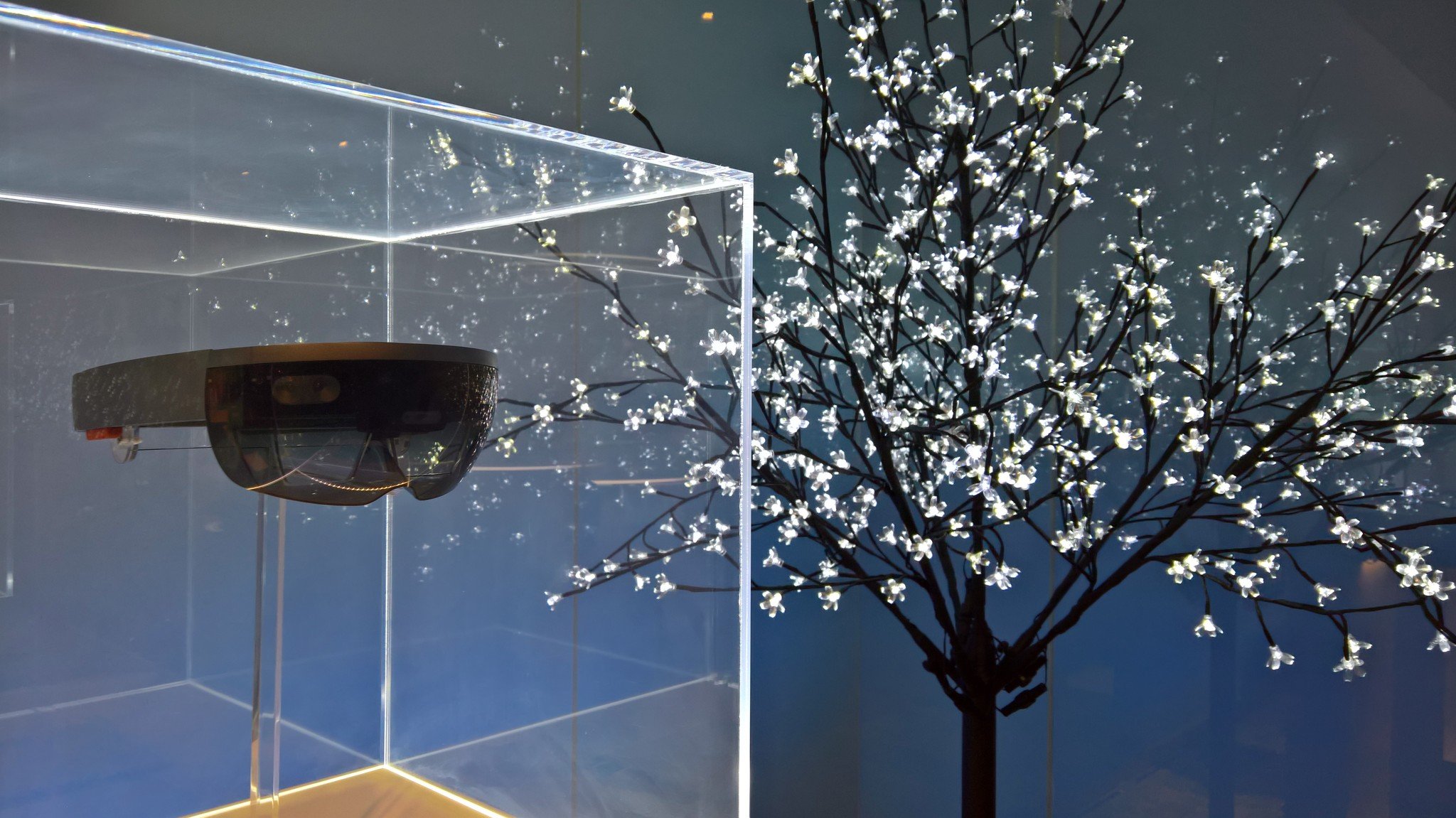
One unfortunate difference for me between the HoloLens and Mixed Reality headsets, however, is app support. Apps built for HoloLens natively don't work on Mixed Reality headsets without work. This means any developer building for HoloLens needs to do a bit of extra work to get that same app working on Mixed Reality headsets.
I was originally hoping that HoloLens apps would "just work" on Mixed Reality headsets in the Cliff House, which essentially simulates a real environment for you, but apparently, that's not the case. Perhaps that'll be something that works in the future.
Overall, there are several similarities and differences to consider when comparing the HoloLens and Mixed Reality headsets. But the most significant difference, at least right now, is the market in which these devices are targetted. HoloLens is not aimed at the same market as Mixed Reality headsets, at least not yet.
HoloLens is still very much a developer or enterprise tool and has zero consumer play at this time. Mixed Reality headsets, on the other hand, are more consumer orientated, and are far more affordable.

